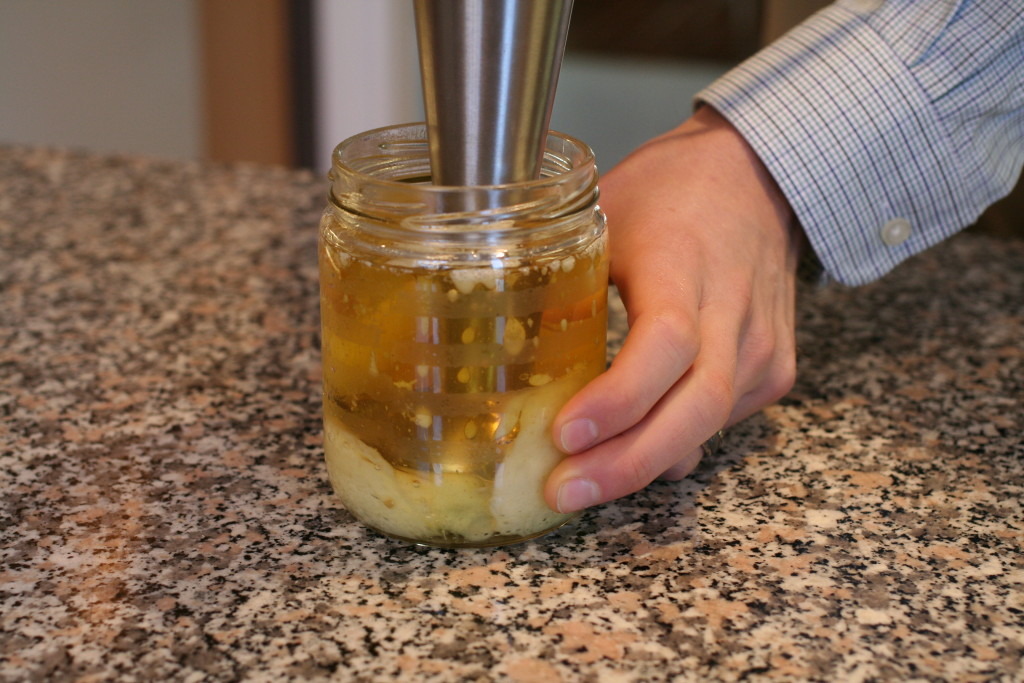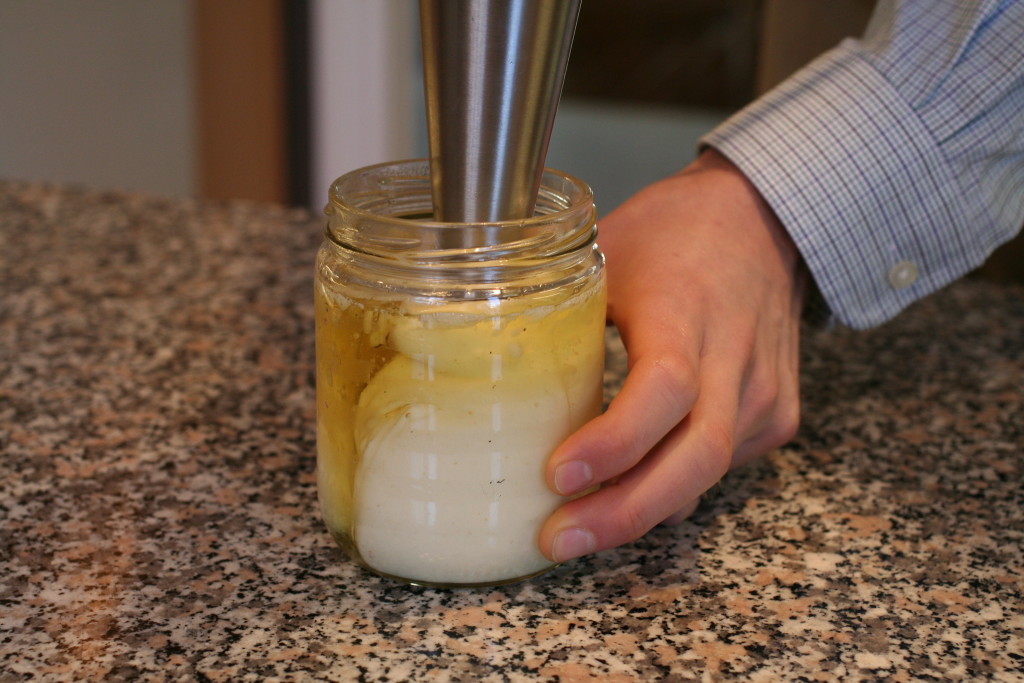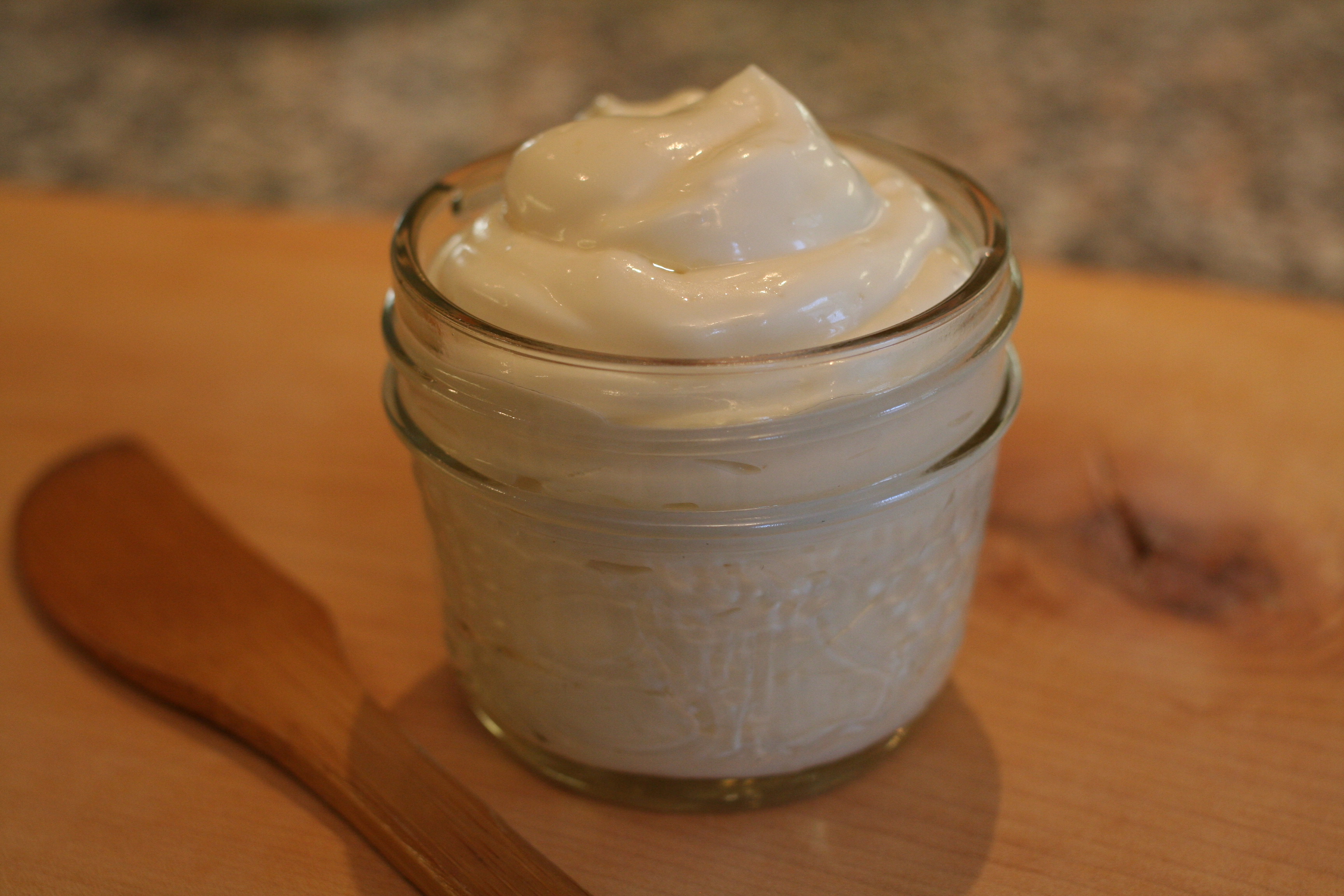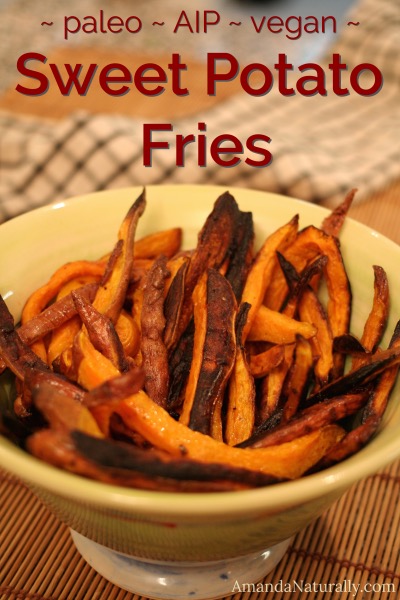 One of my goals with this blog is to present simple, nourishing food. To show anyone who may stumble across this little piece of the blogosphere that it is easy to make food that tastes amazing, is budget-friendly, and is healing to your body, whether you are the picture of health, or dealing with a serious health crisis.
One of my goals with this blog is to present simple, nourishing food. To show anyone who may stumble across this little piece of the blogosphere that it is easy to make food that tastes amazing, is budget-friendly, and is healing to your body, whether you are the picture of health, or dealing with a serious health crisis.
Today’s post, my friends, does not get any simpler than that. I present you with:
Sweet Potato Fries!
Making a good batch of sweet potato fries is an awesome skill to have. Sweet potatoes are very inexpensive and are on EWG’s Clean 15 list – so they are not a priority to be bought organic.
Here are the 2 most important things to remember when making sweet potato fries:
1. Use a liberal amount of fat. I beg of you – stop being afraid of fat! Fat is such an important part of the human diet – especially for women. The fat phobic nutrition era that we are slowly crawling out of, is based on cherry-picked and misinterpreted science and professional opinion. Just make sure you use a good quality fat! If you want to keep it vegan, use coconut or avocado oil. But trust me when I tell you that duck fat is hands down the best fat to use in this recipe, followed closely by lard. As long as the animal was raised properly, animal fat is not only not dangerous for you, but incredibly healthy!
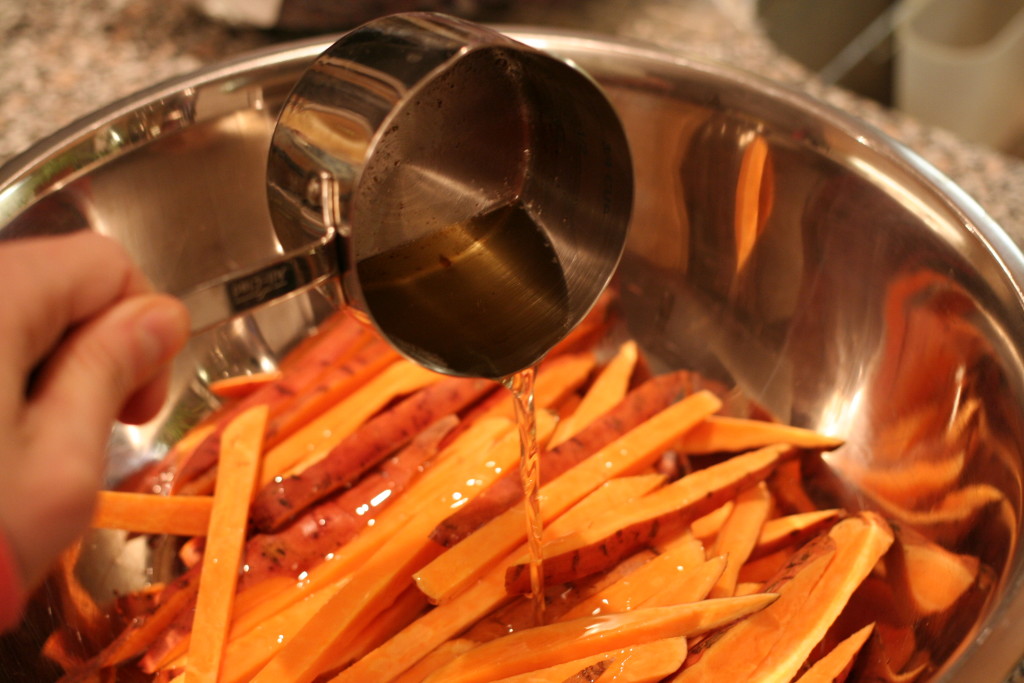
2. Leave space between the fries. If you bunch them too close together, the steam that comes off the fries during the baking process makes them soggy and you don’t get that crispy outside layer that you’re going for. You’re better off using an extra baking sheet, than squishing all of the fries close together!

If you do those 2 things, you’re good to go. From there, feel free to get creative with spices like chili and cumin. Or keep it classic with sea salt. Looking for a dip? I love mixing my homemade mayonnaise with a clean Sriracha sauce for a spicy dip.
Which ever way you go with these, you can rest easy knowing that they are truly healthy for you! On top of that, they are compliant with paleo, the autoimmune protocol, low fodmap (if you keep the portion very moderate) and plant-based diets. But most importantly, they’re awesome – especially when making burgers!
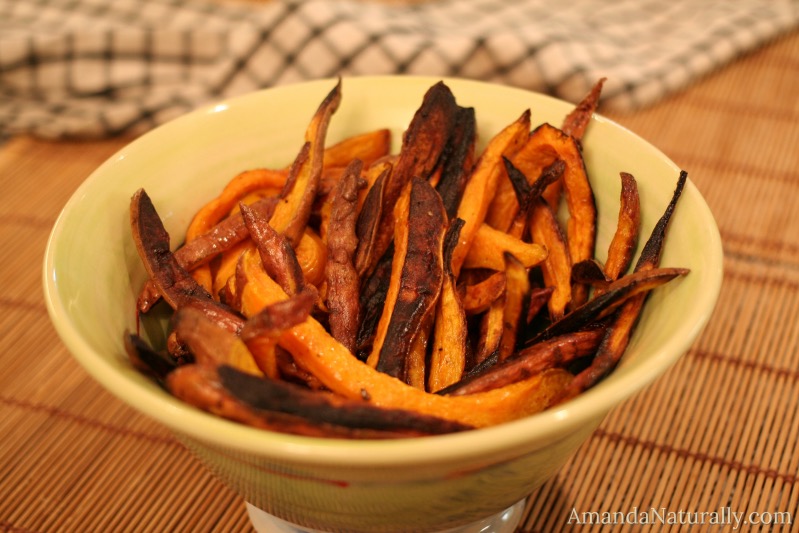

- 4 small sweet potatoes
- ¼ cup duck fat, melted (or lard, coconut oil, ghee)
- sea salt, liberally (or garlic sea salt, kelp sea salt)
- Preheat oven to 375F.
- Slice sweet potatoes into fries.
- Toss in a bowl with melted fat and sea salt.
- Split evenly between 2 baking sheets. Leave space between every fry to prevent soggy fries.
- Bake for 40 minutes, flipping fries once.
- If your fries are particularly small, you might need less time. Or more time if they're wedges.
- - cumin & chili powder
- - rosemary
- - cinnamon & coconut sugar
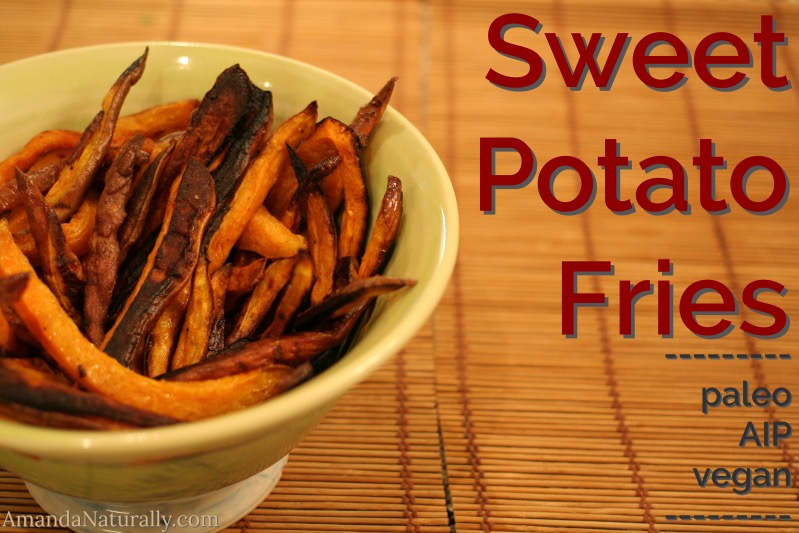

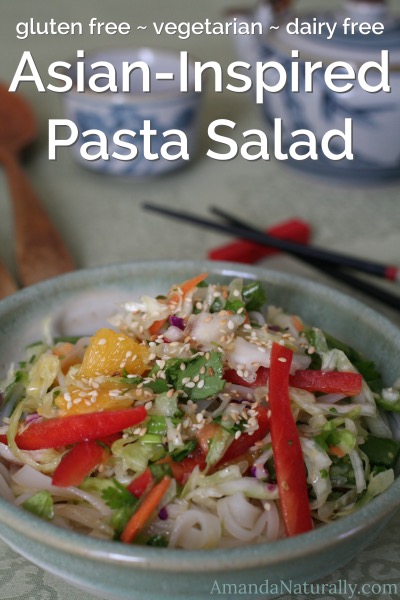 So you might be curious as to why this grain-eschewing gal is posting a recipe for a pasta salad. Let me tell you!
So you might be curious as to why this grain-eschewing gal is posting a recipe for a pasta salad. Let me tell you!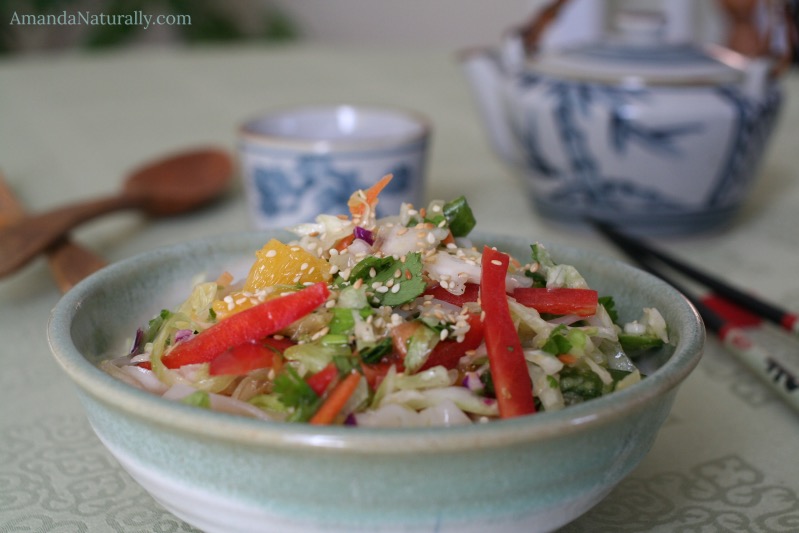
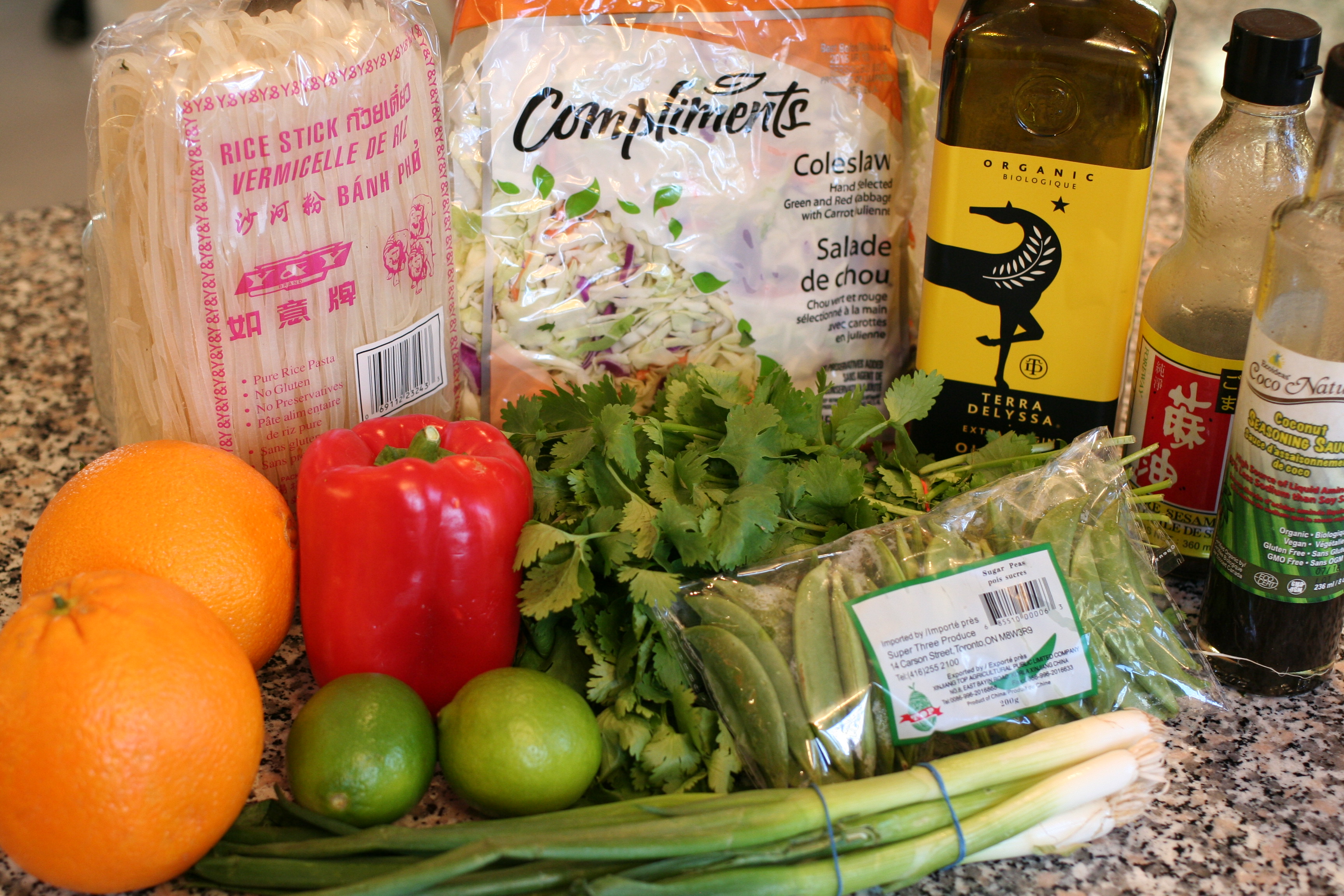
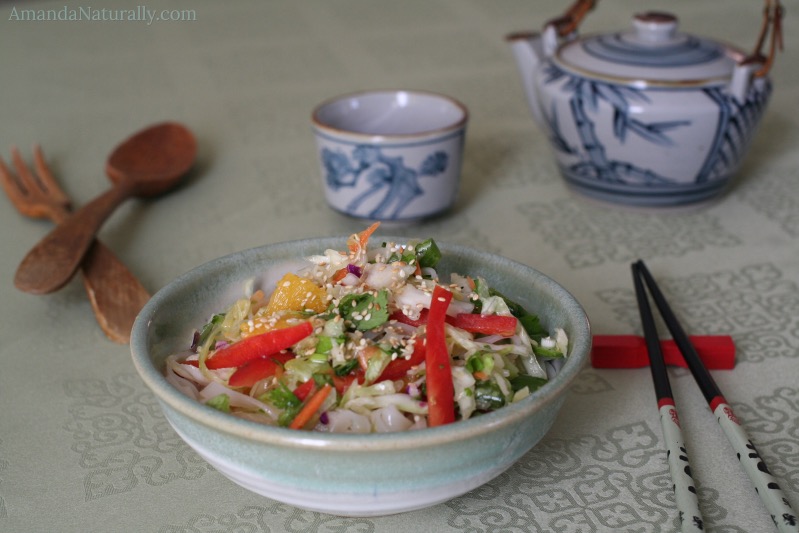
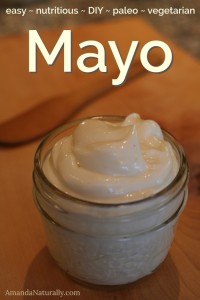 Mayonnaise has a very bad reputation, and honestly, that’s probably for good reason. At least that’s the case for the junk sold at the grocery store! Do you know what actually goes into real mayo? It’s simple: raw egg, oil and lemon or vinegar. Simple, straight forward and depending on the oil that you use, actually pretty darn healthy! So you might already be wondering… if it’s made with raw egg, how come it’s not found in the fridge? Well my friends, here’s the low-down on this artificial food we like to refer to as
Mayonnaise has a very bad reputation, and honestly, that’s probably for good reason. At least that’s the case for the junk sold at the grocery store! Do you know what actually goes into real mayo? It’s simple: raw egg, oil and lemon or vinegar. Simple, straight forward and depending on the oil that you use, actually pretty darn healthy! So you might already be wondering… if it’s made with raw egg, how come it’s not found in the fridge? Well my friends, here’s the low-down on this artificial food we like to refer to as 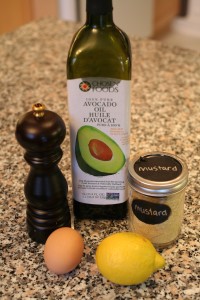 are not healthy in any way, shape or form. They are incredibly high in omega-6 fats and they are chemically unstable. Exposure to light, oxygen and heat will cause them to break down, creating free radicals and wrecking havoc on your tissues. Also, the term spice is a catch all term. The ingredients used are not disclosed. Also, sugar?? What the heck! And cornstarch in the Miracle Whip? They’re so scared of the fat and cholesterol from the egg, that they’ve added cornstarch as a thickener, instead of utilizing the egg. And don’t get me started on that enzyme modified egg yolk business…
are not healthy in any way, shape or form. They are incredibly high in omega-6 fats and they are chemically unstable. Exposure to light, oxygen and heat will cause them to break down, creating free radicals and wrecking havoc on your tissues. Also, the term spice is a catch all term. The ingredients used are not disclosed. Also, sugar?? What the heck! And cornstarch in the Miracle Whip? They’re so scared of the fat and cholesterol from the egg, that they’ve added cornstarch as a thickener, instead of utilizing the egg. And don’t get me started on that enzyme modified egg yolk business…

